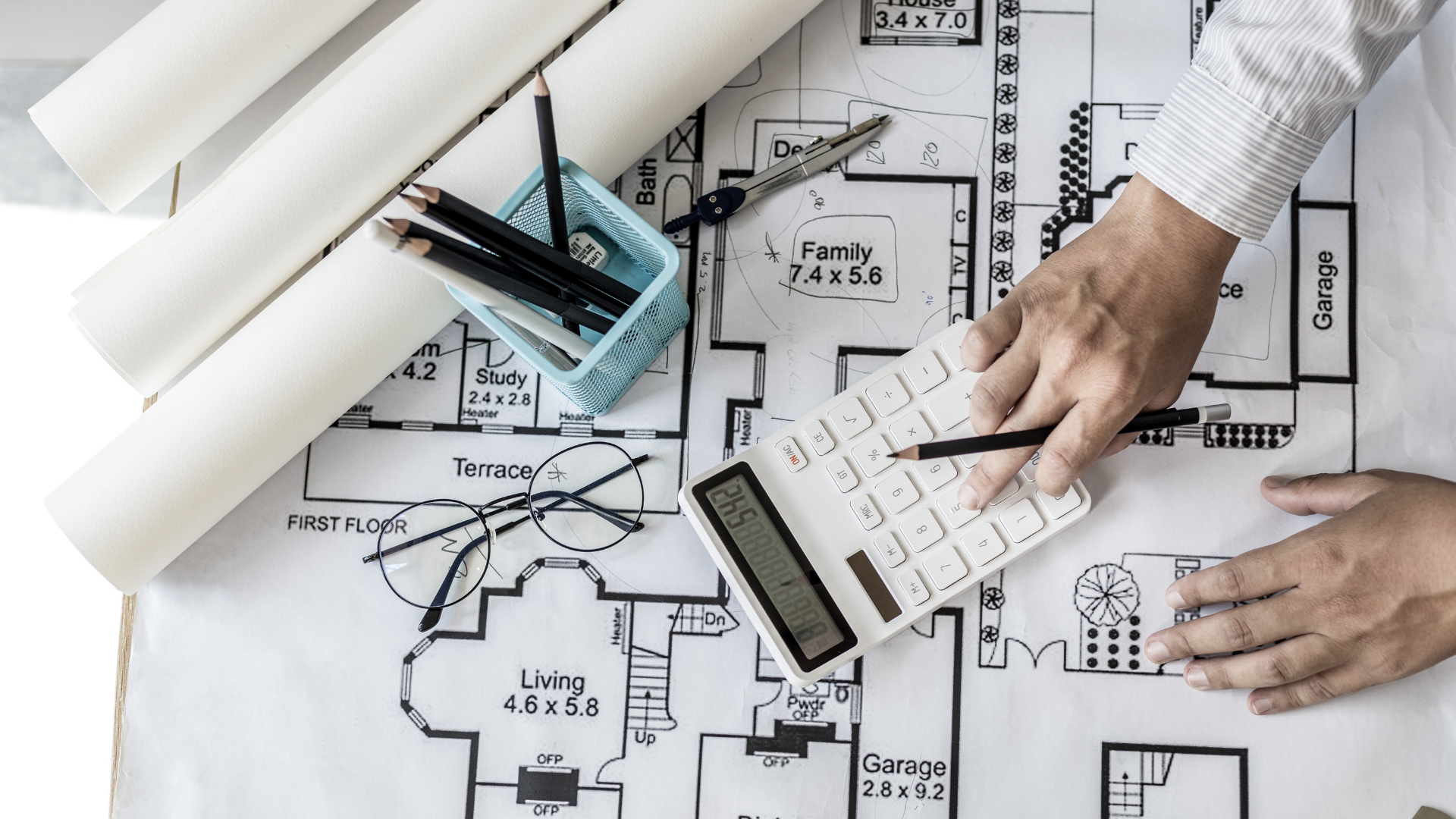Architectural Design:- A Complete Guide to Modern and Traditional Styles
Introduction

Architecture Design is more than just drawings or blueprints—it’s the creative foundation of every building, structure, and space around us. From ancient monuments to modern skyscrapers, architectural design combines art, science, and engineering to create functional and aesthetic spaces. Whether you’re a student, a professional architect, or a design enthusiast, understanding architectural design is essential to understanding how our built environment shapes daily life.
What is architectural design?
Architecture Design is a type of design that involves planning, conceptualizing, and constructing building layouts, facades, and structures. It focuses on:
- Functionality – Making spaces useful and efficient.
- Aesthetics – Ensuring that buildings are visually appealing.
- Sustainability – Designing environmentally friendly and energy-efficient spaces.
- Structural integrity – Maintaining safety and durability.
Types of Architecture Designs
1. Traditional Architecture Designs
Traditional designs reflect cultural values, heritage, and craftsmanship. Examples include:-
- Indian Temple Architecture – detailed carvings, domes, and symbolic elements.
- European Classical Architecture – columns, arches, and symmetry.
- Islamic Architecture – domes, minarets, and geometric patterns.
2. Modern Architecture Designs
Modern design focuses on simplicity, minimalism, and functionality. Key features include:-
- Open floor plans
- Use of glass, steel, and concrete
- geometric shapes and clean lines
- Natural light integration
3.Contemporary Architecture Designs
Contemporary designs adapt to current trends and technology. These often include:-
- Sustainable architecture (green buildings)
- Smart home integration
- Blended indoor and outdoor spaces
- Futuristic forms and innovative materials

Key Elements of Architectural Design
Architectural design involves several elements that shape a design, including:-
- Form and shape – Define the overall appearance.
- Materials – Brick, wood, concrete, glass, or sustainable alternatives.
- Color and texture – Provide character and depth.
- Lighting – Enhances functionality and mood.
- Space planning – Maximizes utility and comfort.
Importance of Architecture Designs
- Enhances lifestyle and well-being.
- Preserves cultural identity and history.
- Improves energy efficiency and sustainability.
- Smart homes with AI-based control systems.
- Green roofs and vertical gardens.
- 3D-printed building designs.
- Modular and prefabricated construction.
- Biophilic design (connecting nature with architecture).
- Boosts real estate value and urban development.

Conclusion
Architectural designs aren’t just about structures—they shape how we live, work, and interact with our environment. From traditional styles that cherish history to modern and contemporary designs that embrace innovation, architectural design continues to evolve over time. For architects, civil engineers, and design professionals, staying up to date with the latest design trends is key to creating sustainable and inspiring spaces.

Pingback: Architectural Engineering
Pingback: Roman Architecture